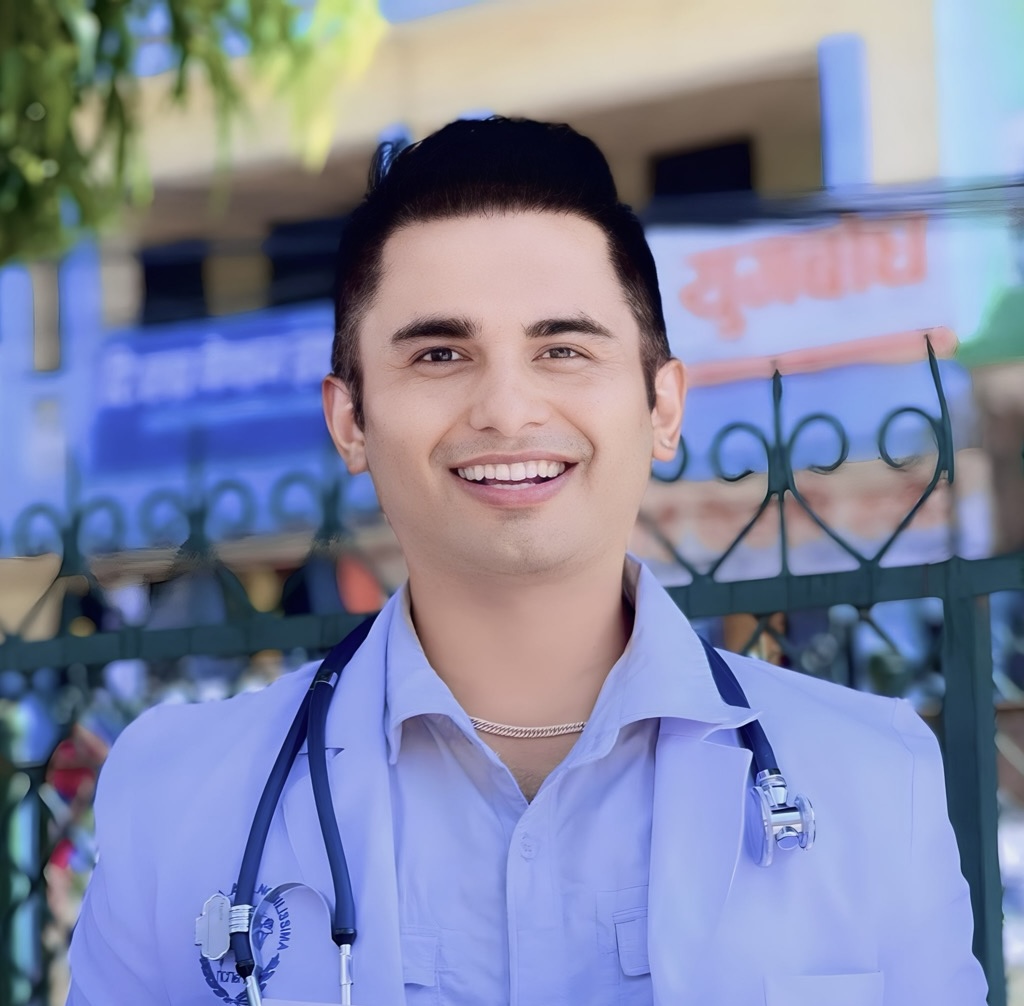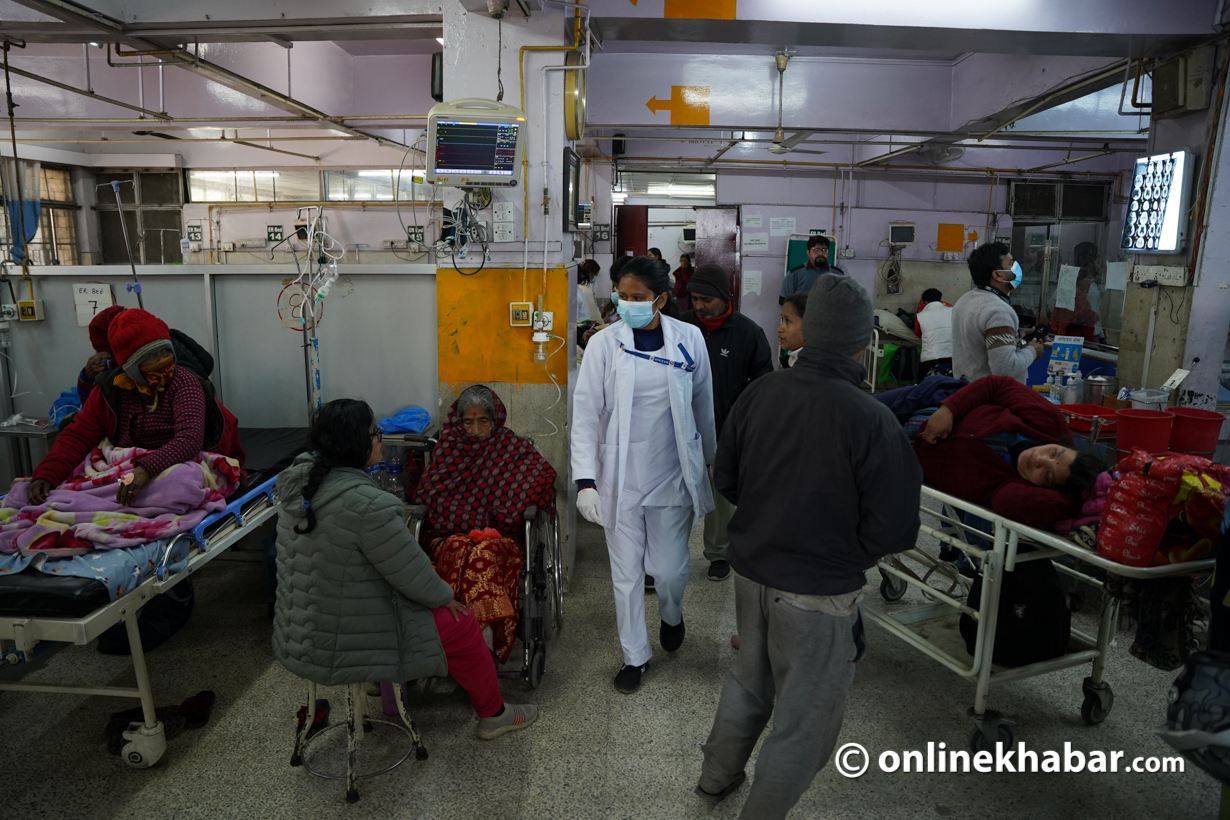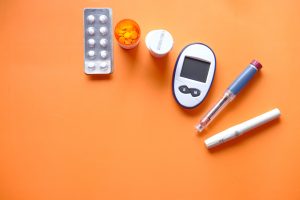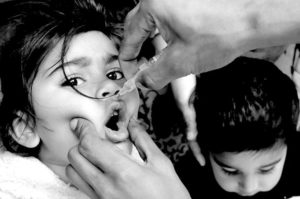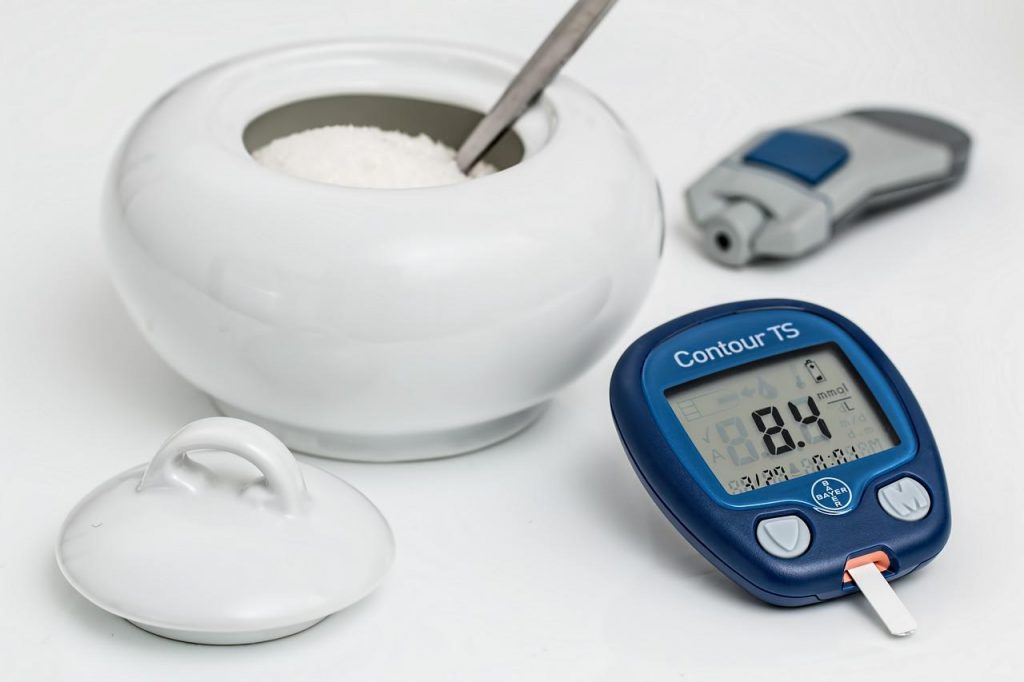
Diabetes mellitus or simply diabetes is a chronic condition that occurs either when the pancreas does not produce enough insulin or when the body cannot effectively use the insulin produced by the pancreas. In simple words, it is the disorder of carbohydrate metabolism, characterised by the impaired ability of the body to produce or respond to the insulin produced by the pancreas in order to maintain the proper level of glucose (sugar) in the blood. Over time, diabetes can damage the heart, blood vessels, eyes, kidneys, and nerves.
Of late, the risk of diabetes is increasing in Nepal also. It is projected that it will become the biggest leading cause of death in developing countries like Nepal by 2030. Therefore, you should know about risk factors around you and mitigation measures you can adopt against them.
Global and local case studies about diabetes
Health Research and Social Development Forum (HERD) has stated that in 2014, the global prevalence of diabetes was estimated to be around 9% among adults (aged over 18). In 2012, about 1.5 million deaths were directly caused by the disease. More than 80% of diabetes deaths occur in developing countries. World Health Organization (WHO) estimates it will be one of the top 10 leading causes of death by 2030.
Nepal is a developing country with a population of about 30 million. The Nepal Diabetes Association (NDA) had reported that 15% of people, aged 20 years and older living in urban areas are affected directly or indirectly by diabetes mellitus. Among people aged 40 years and older in urban areas, this number has increased to 19%. In 2002, the percentage of diabetic patients was 19.04%, but it increased to 25.9% in 2009 in Nepal and is continuously growing ever since.
According to WHO, diabetes affects more than 500,000 people in Nepal, and this number will rise to 1,500,000 by 2030. Between 2001 and 2002, a survey conducted in Nepal showed that 6.9% and 10.2% of women suffered from diabetes and pre-diabetes respectively, in comparison to the figures for men is 10.8% and 13.2%, respectively.
Nowadays, diabetic cases are increasingly reported at hospitals in Nepal. At Bir Hospital, which is also known as the central government hospital, the seventh most common disease of medical admission was reported to be diabetes. While doing an analysis of diabetic patients admitted to medical wards of Bir Hospital over a period of four years, it revealed that the percentage of diabetic patients is gradually increasing.
According to a survey done at the Tribhuvan University Teaching Hospital (TUTH), the disease comprised almost 10% of the admissions in the medical ward in 2010. Due to the reason that Bir Hospital serves more rural and deprived sections of the population, a higher percentage of diabetic patients might have been reported at the TUTH.
The percentage of patients with type 2 diabetes was found to be high up to 95%. Also, a study conducted in the eastern part of Nepal among the general population showed that 6.3% had diabetes. The reason for such an epidemical rise in the number of patients in Nepal might be an inactive lifestyle of people, obesity, an unhealthy diet — access to high-calorie processed food and sugar-sweetened beverages, and overconsumption of tobacco and alcohol.
Due to the reason that the evidence-based national guidelines, protocols and standards about the disease are not available in Nepal, it is hard to predict the condition of diabetes in the near future, as well as plan and implement different methods to control it.
According to the World Health Organization – Diabetes country profiles, 2016, the disease contributes to 3% of total deaths of all ages in Nepal. Among them, in the age group 30-69, 1270 were men and 1080 were women whereas, in the age group of 70+, 1,370 were men and 1430 were women.
People with these risk factors should be screened for diabetes at least once every three years. The fasting blood glucose levels and haemoglobin A1C level should be measured, or simply, an oral glucose tolerance test can be performed. If the test results are on the border between normal and abnormal, the screening tests are done more often, at least once a year.

Types of diabetes
The blood sugar level varies with the time of the blood glucose test done and the diabetic history of a patient. The fasting blood sugar level fluctuates from 70-99 mg/dL for non-diabetic patients whereas it goes from 80 to 130 mg/dL in diabetic patients. The postprandial (PP) or glucose level after one to two hours of meal for non-diabetic patients is less than 140 mg/dL whereas it is less than 180 mg/dL in the case of diabetic patients.
The A1C test, also known as the haemoglobin A1C or HbA1c test is a simple blood test that measures the average blood sugar levels over the past three months. It is one of the commonly used tests. The value of A1C test for non-diabetic patients is less than 5.7%, whereas it is <7% for diabetic patients.
There are two major types of diabetes explained below:
Type 1
It is formerly referred to as insulin-dependent diabetes mellitus (IDDM) or juvenile-onset diabetes. Type 1 diabetes mellitus usually arises in childhood and is caused by autoimmune destruction of the islets of Langerhans of the pancreas. Some people with type 1 of the disease have genetic variations associated with the human leukocyte antigen (HLA) complex, which is involved in presenting antigens to immune cells and initiating the production of antibodies that attack the body’s own cells — autoantibodies.
Type 2
Formerly known as non-insulin-dependent diabetes mellitus (NIDDM) or adult-onset diabetes, type 2 diabetes mellitus usually occurs after the age of 40 and becomes more common with increasing age. It is mostly asymptomatic and often diagnosed when routine measurements reveal high blood glucose concentrations or the presence of one or more symptoms associated with the long-term complications of diabetes leading to a diagnosis of type 2. Sometimes, symptoms of hyperglycemia that have been present for months or with the sudden onset of symptoms of very severe hyperglycemia and vascular collapse lead to the diagnosis of type 2. It is a result of insulin resistance and insulin deficiency, as well as strongly associated with obesity.
Diabetes may also develop as a secondary condition linked to other diseases such as pancreatic disease, genetic syndromes such as myotonic dystrophy, or drugs, such as glucocorticoids.
Gestational diabetes
It is a temporary condition associated with pregnancy in which blood glucose levels increase during pregnancy but usually return to normal after delivery. However, gestational diabetes is recognised as a risk for type 2 later in life.
The disease also may occur in people with excess production of growth hormone (acromegaly) and in people with certain hormone-secreting tumours. People with these risk factors should be screened at least once every three years. The fasting blood glucose levels and haemoglobin A1C level should be measured, or simply, an oral glucose tolerance test can be performed. If the test results are on the border between normal and abnormal, the screening tests are done more often, at least once a year.
Some symptoms of diabetes
- Increased thirst (Polydipsia)
- Increased urination (Polyurea)
- Increased hunger (Polyphagia)
- Blurred vision
- Nausea
- Weakness
- Fatigue
Risk factors
- Age greater than 45 years old
- People with the prediabetic condition
- Sedentary lifestyle
- Obesity
- High blood pressure (hypertension) or lipid disorder like hypercholesterolemia
- Family history of diabetes or heredity
- History of diabetes during pregnancy or women who have conceived a baby with a mass of more than 4 kg
- Women with polycystic ovary disease
Complications involved
Acute and life-threatening complications of the disease are hyperglycemia and acidosis (increased acidity of the blood). Similarly, there might be some other complications such as:
- Brain stroke
- Diabetic retinopathy causes blindness
- Cardiac arrest (Heart attack)
- Diabetic nephropathy causes chronic renal disease
- Diabetic neuropathy causes a decreased sensation in the foot
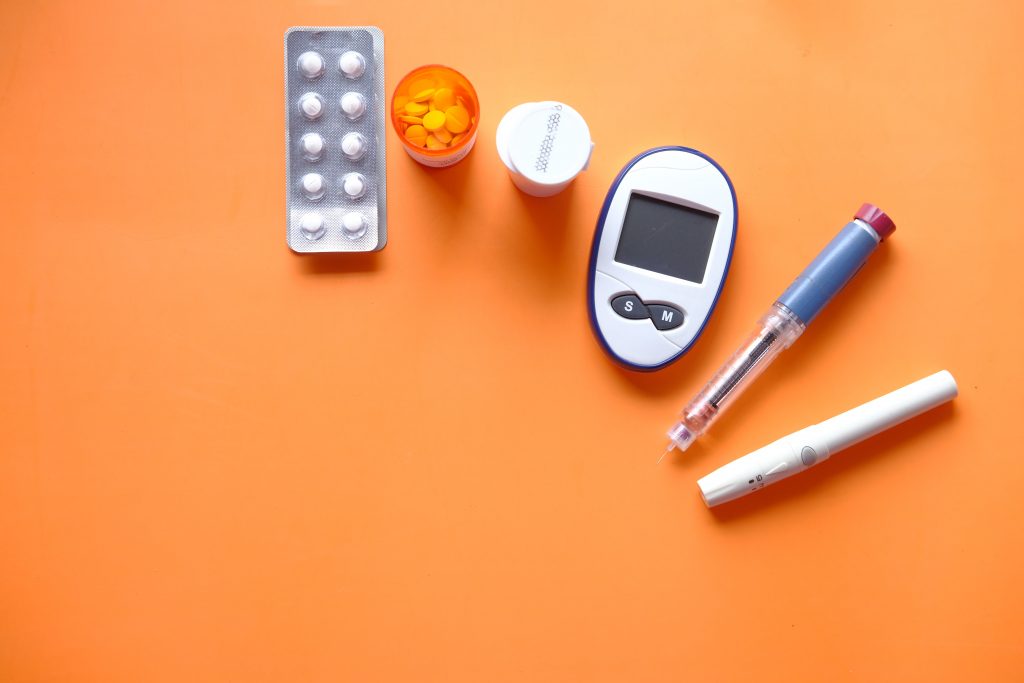
Prevention and treatment
Attempts to prevent type 1 diabetes have been unsuccessful whereas, in people with impaired fasting glucose, progression to type 2 diabetes can be prevented by weight loss, exercise and treatment with metformin, an ACE inhibitor, or a statin.
Here are other major ways that need to be adopted to prevent and treat the disease.
- Education and change in lifestyle: Diet control (avoid simple sugars and processed food, increase dietary fibre, limit portions of carbohydrate-rich, and saturated food), weight loss, involvement in physical exercises (at least 150 minutes a week spread out over three days), no smoking and drinking alcohol
- Insulin therapy: People with type 1 diabetes require insulin whereas people with type 2 can be treated with oral medication (sulfonylureas, biguanides, and thiazolidinediones), but may also require insulin. Biguanide such as metformin is generally available medication for the public in Nepal.
- Symptomatic treatment: Treatment of high blood pressure and high cholesterol levels, which can contribute to circulation problems, can help prevent some of the complications of diabetes as well. A low dose of aspirin taken daily is recommended in people with risk factors for heart disease. All people with diabetes who are between 40 and 75 years are given a statin (a drug to decrease cholesterol levels) regardless of cholesterol levels. People younger than 40 or older than 75 years and with an elevated risk of heart disease also should take a statin.
- Pancreas transplantation: People with type 1 diabetes mellitus sometimes undergo transplantation of an entire pancreas or only the insulin-producing cells from a donor. It is usually done only in people who have serious complications due to diabetes or who are receiving another transplanted organ (such as a kidney) and will require immunosuppressant drugs anyway.
Originally published in May 2022.


